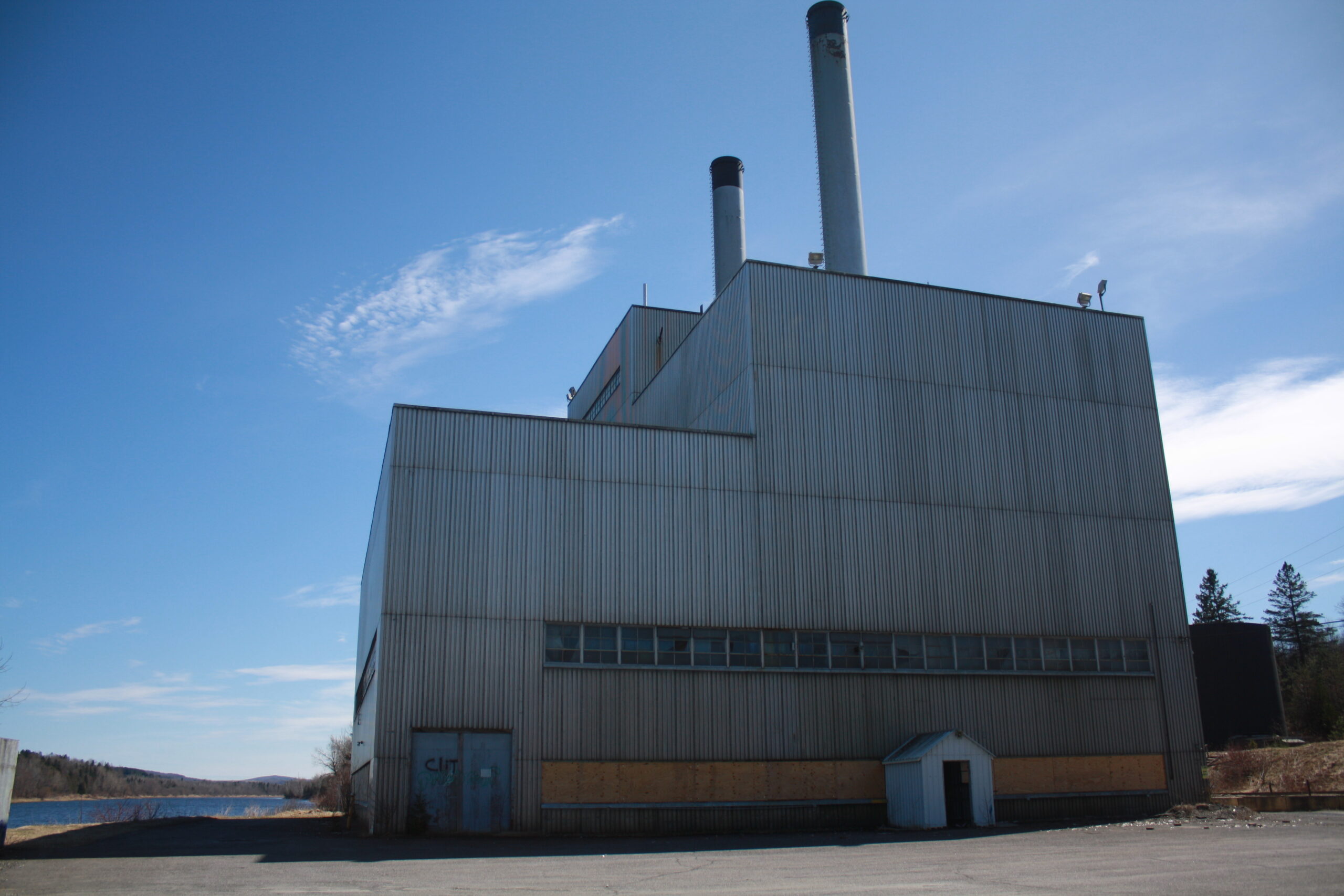
CARIBOU, Maine — After a June visit, the federal Environmental Protection Agency will plan to remove toxic materials from a massive steam power plant hindering riverfront revitalization in Caribou.
The city’s defunct power plant on Lower Lyndon Street includes a 12,288-square-foot steam plant and 10,290-square-foot diesel plant that have not operated since the mid-2000s. Caribou’s leaders have long wanted to dismantle the plants and restore the area as a recreational hub, but dangerous chemicals inside both facilities make that job impossible for the city to take on alone.
Last year, Caribou received $900,000 from the EPA’s Brownfields program to remove asbestos and other hazardous waste from the diesel plant, and had originally planned to start this year. But that project will be delayed into at least late 2024 until after the EPA has removed more extensive and dangerous toxins inside the steam plant.
The Comprehensive Environmental Response, Compensation and Liability Act gives the EPA access to a “superfund” to remediate large-scale environmental damage. The EPA is using $2 million from that fund on Caribou’s steam plant. It is unknown when work will start.
Caribou City Manager Penny Thompson met Monday at the site with William Lovely and project manager Catherine Young of the EPA. The EPA team will visit the plant in June and develop a work plan.
“Once there is a scope of work, they will solicit bids from contractors. Once the work begins, it will take five to six months,” Thompson said.
The full scope of work is unknown, but the EPA will not demolish the building as part of the project, she said.
County Environmental Engineering, based in Caribou, first inspected the power plant in 2021, and again in 2022, through the state Department of Environmental Protection’s Brownfields funds. Company president Michelle Hersey said that data strongly supports the EPA’s desire to remediate the steam plant first.
The diesel plant contains 12,220 square feet of asbestos within the roof, 1,400 square feet within window glazing and 600 square feet in floor tiles and mastic. Located nearby, the steam plant has more than 11,000 feet of asbestos pipe insulation and 14,000 square feet of surface material containing asbestos, according to the study.
In the diesel plant, the asbestos is “non-friable,” meaning that the asbestos is contained within hard materials like floor tiles and cannot easily be released into the air.
“You would have to grind, sand or cut [the materials] in order to release the asbestos inside the diesel plant,” Hersey said.
But in the steam plant, the soft, “friable” asbestos is leaking from the overhead pipe insulation, making that facility truly unsafe for people to enter without protective gear.
Hersey last entered the steam plant in 2023 with people from the University of Connecticut’s Technical Assistances to Brownfields program, which is assisting the city with community outreach. She said the rapid asbestos leakage is “scary” and something she did not anticipate before walking inside.
“There was asbestos on the floor. We had to walk around it,” Hersey said. “No one should be in there without a respirator.”
After studying both plants, the city opted to apply for Brownfields funds only for the diesel plant. Removing the steam plant’s toxins is a far more complex and expensive project than what Hersey’s company or other local contractors felt they could take on, Hersey said.
Until the EPA finishes abatement on the steam plant, Hersey and her team will be unable to work on the diesel plant. She currently anticipates starting to remove materials containing asbestos, like floor tiles and window glazing, throughout the winter, and possibly demolishing the roof next spring.
County Environmental Engineering will need to hire a licensed hazardous waste transporter who can use specialized means of removing all asbestos and other waste from the diesel plant. Any work will not begin until Hersey and colleagues have notified abutting landowners of the project timeline and details, Hersey said.
Staff writer Paula Brewer contributed to this report.







